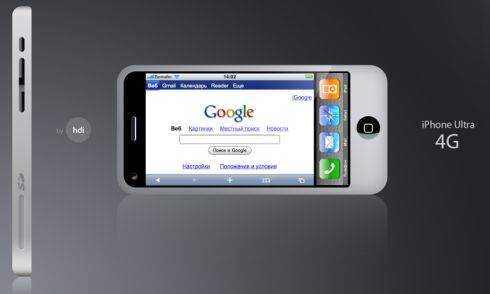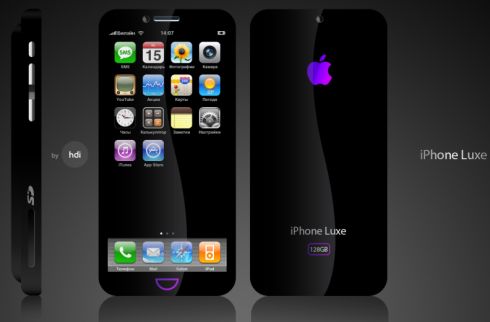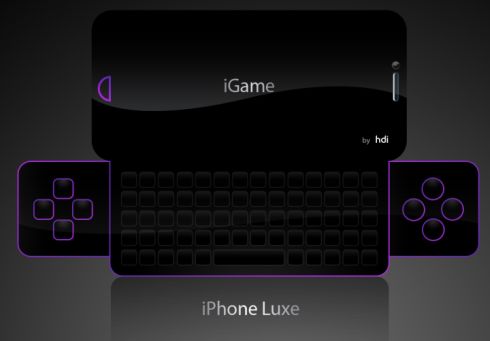Over the last several weeks, we’ve had the opportunity to test three new iPod security systems, each based on the same general concept: if you want to hang your iPod on your bag but are afraid that someone might snatch it while you’re walking, you buy one of these and enhance your security. Below is our review of Targus’s Mobile Security Lock ($40); reviews of Secure-It’s The PodSafe and i2 Electronics’ iLOCKr neo are posted separately.

The final option we tested was Targus’ Mobile Security Lock for iPod, which at $40 is the most expensive of three locks recently released by the popular lock and bag maker. Though Mobile Security Lock is the best-looking of the locks we’ve seen, and has one major advantage, it also has a couple of major disadvantages.

Aiming for style, Targus has mixed a black plastic shell with a retractable metal-cored cable and a 3-digit combination lock. The lock is the first and only one we’ve seen that blends an iPod Dock Connector with three familiar 0-9 dials, and looks very sharp: there’s a small button on the unit’s side that retracts the cable, which is capable of expanding to a 30-inch length should you need it. Two more buttons on the Dock Connector-style lock retract tiny metal pins that otherwise stick inside of an iPod’s bottom Dock Connector port, preventing the lock from being removed from the iPod once the dials have been shuffled from your preferred code.
The Mobile Security Lock’s best feature is its convenience. Unlike iLOCKr neo and The PodSafe, you can attach it to an iPod inside of virtually any case with a Dock Connector port hole, or keep your iPod without a case on - it disfigures the iPod even less than the rear-plate-only iLOCKr. You can continue to use all of the iPod’s features except for the Dock Connector port while it’s attached, and easily detach it when that port is needed.

Notably, the dock lock does create problems for one iPod model: you can’t use some oversized headphones with the iPod nano, because Targus’s right lock button sticks out too far. We’d actually strongly advise against even trying, as you could bend your headphone plug or the nano’s port in the process. Other iPods won’t suffer from the same problem.

Having said that, we didn’t like other aspects of the Mobile Security Lock’s design and pricing quite as much as we did The PodSafe. Though it uses a metal cored cable that cannot be damaged by tugging or common scissors and knives, the cabling is substantially thinner than the one used by Secure-It, so a well-armed thief would have a better chance at physically snatching an unattended iPod here than in The PodSafe. Targus’s other iPod locks - neither suitable for bag attachment unless your bag has a strap that can be fed through either one’s loop - use much thicker, less snip-ready cabling.
In all honesty, however, a thief mightn’t have to go to that extreme. As noted in the iLOCKr neo and PodSafe reviews, a three-digit combination lock can be popped in around 15 minutes of dedicated testing, whereas the PodSafe’s four-digit lock would take ten times as long, or closer to 3 hours. We also experienced an issue during testing that made us a bit uncomfortable - Targus’s locking pins didn’t always snap into place on both sides of our iPods’ Dock Connector ports, leaving the lock loose on one side if we didn’t pay close attention for “click” noises when the locks were connected. Improperly secured, it’s possible that a tugged lock could bend your Dock Connector port, a risk that we would not want to take.

Admittedly, lots of locks are used as much for their deterrent factor as for their actual security, but in our view, The PodSafe comes the closest to doing both properly for its $40 asking price. Targus’s Mobile Security Lock is a nice-looking option, and useful if used properly, while you’re with your iPod, and enhanced by a fully protective iPod case, but you can do better for the dollar.
As a final note, we will mention briefly that Targus also sells a Desktop Security Lock ($30) with a 6.5-foot steel cable that loops around any stationary object, holding your iPod at a usable but not easily stealable distance, and an Eyelet Security Lock ($20), which uses a tiny loop of identical galvanized steel, and is designed to be attached to a notebook computer lock or other cable similar in length and strength to the Desktop Security Lock; it’s basically for people who are leaving more than one valuable item alone at a time. We rate the Desktop and Eyelet Locks slightly higher - a B- overall - because they’re less expensive and a bit stronger, but still have several of the same issues we noted for the Mobile version: they interface with the iPod in the same way, and vary only in the length and thickness of their cabling. For the reasons noted above, we strongly prefer the four-digit locks found in Targus’s Defcon series of computer security cables, and would prefer not to take the risk of leaving our iPods unattended with such a brief window of tamper-proof security.




















